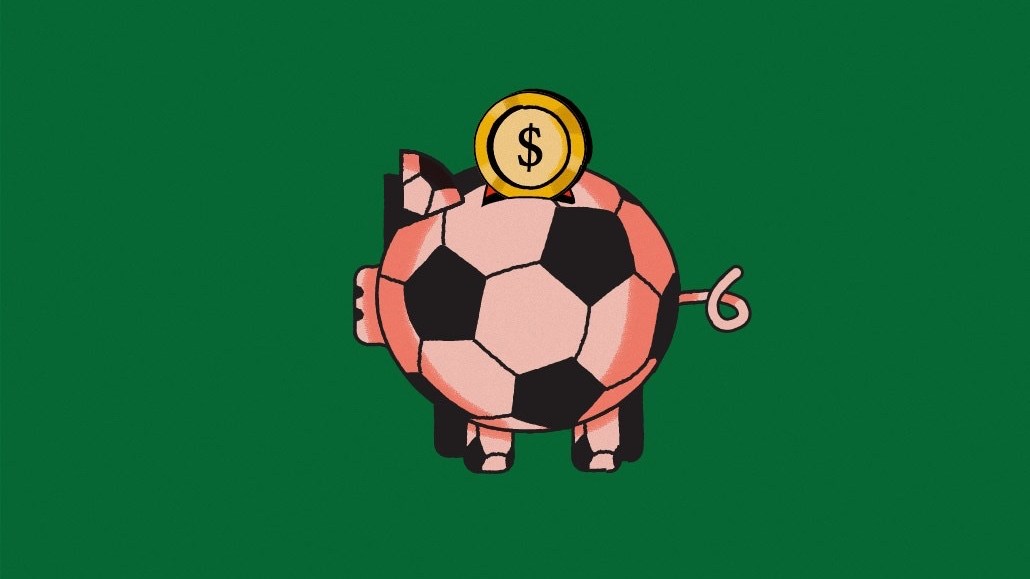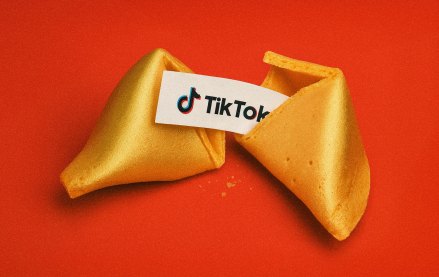Save 50% on a 3-month Digiday+ membership. Ends Dec 5.
Some sports publishers are seeing more ad revenue for Women’s World Cup coverage than the men’s tournament

Sports publishers are geared up to cover the FIFA Women’s World Cup, which kicks off today in Australia and New Zealand, with new editorial features, live blogs, newsletters, podcasts, social media posts and video.
And some of those publishers, like digital video-focused Team Whistle and women’s sports newsletter company The Gist, are drawing in more ad revenue from sponsorships around their coverage of the women’s tournament compared to the men’s FIFA World Cup that took place last year.
Meanwhile, some media companies, like sports business publisher Front Office Sports, are making about the same in ad revenue from both World Cups, but even that is notable, given the historic inequality in marketing investment in women’s sports.
More ad revenue for women’s tournament
Team Whistle secured more ad revenue for Women’s World Cup coverage compared to the men’s tournament last year, bringing in “low seven figures” compared to the “low six figures” for the men’s World Cup, said Joe Caporoso, president of Team Whistle, who declined to share specific figures. He said the tournament is drawing in the most ad revenue of any sports event for Team Whistle this year, and represents 15% of its overall ad revenue in 2023 so far.
There are five advertisers for Team Whistle’s Women’s World Cup coverage so far coming from the beverage, CPG, streaming, tech, insurance and retail categories, including Adobe. The company is selling a mix of original custom content, brand integrations, paid media and short-form social takeovers, Caporoso said.
Team Whistle’s coverage will take place in its flagship digital video shows like “No Days Off” and “Home Team,” to tell the backstories of different players, give explainers on the tournament and spotlight up and coming stars.
Ad revenue spent on The Gist’s Women’s World Cup coverage is over four-times that of its men’s World Cup revenue, according to co-founder Ellen Hyslop, who declined to share raw numbers. The Gist has nearly sold out of its ad inventory on its tournament-focused newsletters.
The Gist is selling sponsorships for three pop-up newsletters that will go out to all subscribers, which will include previews of the tournament, the knockout round and the final. It is also sending out two localized newsletters to U.S. and Canadian subscribers of its Sports News newsletter, focused on their respective national teams. The Gist’s sponsors include returning advertisers FanDuel, BMO, DoorDash and Topps, as well as new advertisers Cracker Jill, Xero, The Athletic and Under Armour Canada.
Front Office Sports sold a branded social video series deal to an undisclosed advertiser that will spotlight one of the U.S. Women’s National Team players. The deal is worth “low six figures” in revenue, according to FOS’s CEO and founder Adam White, but he declined to share exact dollar amounts.
Ad revenue supporting this year’s Women’s World Cup coverage from Bleacher Report has increased by “double digits” compared to the last Women’s World Cup in 2019. The company declined to share how this compares to ad revenue from the men’s tournament. The company secured Bio Steel, Anheuser Busch, Volkswagen, All State, AT&T and Truly as advertisers. Bleacher Report’s ad sales around Women’s World Cup coverage has focused on Instagram Stories sponsorships, said Lee Walker, senior director of brand strategy at B/R Football.
Bleacher Report’s video coverage will focus on its B/R, B/R Football and HighlightHER social accounts, as well live shows on the B/R app and animations that are inspired by the “Mad Max” movies, Walker said. Those animated videos for social distribution are a tactic it used for the men’s tournament last year to differentiate its coverage, and resulted in 19 million views, Walker said.
Joaquin Duro, svp of AVOD, streaming and digital for Telemundo’s digital operations, said they are sold out of ad inventory around Women’s World Cup coverage. Telemundo could not provide details on those ad sales before publishing time, including how it compared to the men’s tournament last year. Sponsors for Telemundo’s Women’s World Cup coverage includes Ford Motor Company, Volkswagen and Xfinity.
Last November, subscription-based sports publication The Athletic announced Google was funding an initiative to double its coverage of women’s sports. A Times spokesperson declined to share how much Google was giving to the publication to support the project.
The Athletic is expanding its Women’s World Cup coverage to other ad-supported mediums like podcasts, YouTube and other social video, to draw in more readers. Outside of traditional marketing for its coverage, the publication is also hosting watch parties for three USWNT matches at bars in Boston, Los Angeles and Portland.
This week, The Athletic debuted a 10-minute daily, morning soccer podcast called “The Daily Football Briefing” to cover the women’s tournament. The publisher has two other, longer-form daily podcasts covering the Women’s World Cup, said Iain Macintosh, audio managing editor at The Athletic.
The Women’s World Cup has the potential to boost a publisher’s revenue during a “slower” period of ad revenue, Front Office Sports’ White said. That’s especially critical given the economic slowdown and pullback from marketers this year that has made it difficult for some publishers to grow ad revenue.
“I think this is actually going to be very good for publishers in the sense that there’s going to be a lot more ability to recognize revenue in the summer months, when you’re mostly planning and starting to look at the fall [with sports seasons like] football… It provides a lift,” White said.
More in Media

TikTok Shop sheds bargain-bin reputation as average prices climb across categories
An analysis by e-commerce intelligence firm Charm shows average prices climbing across more than a dozen key categories.

Ad Tech Briefing: The Programmatic Governance Council is a bid to reset power dynamics
As tensions over TID and GPID peak, Tech Lab is convening a council to hash out commercial ground rules.

Newsweek is building an AI Mode-like experience to customize homepages for readers
Newsweek is building an AI homepage modeled after Google’s AI Mode to increase engagement and offset declining search referrals.








